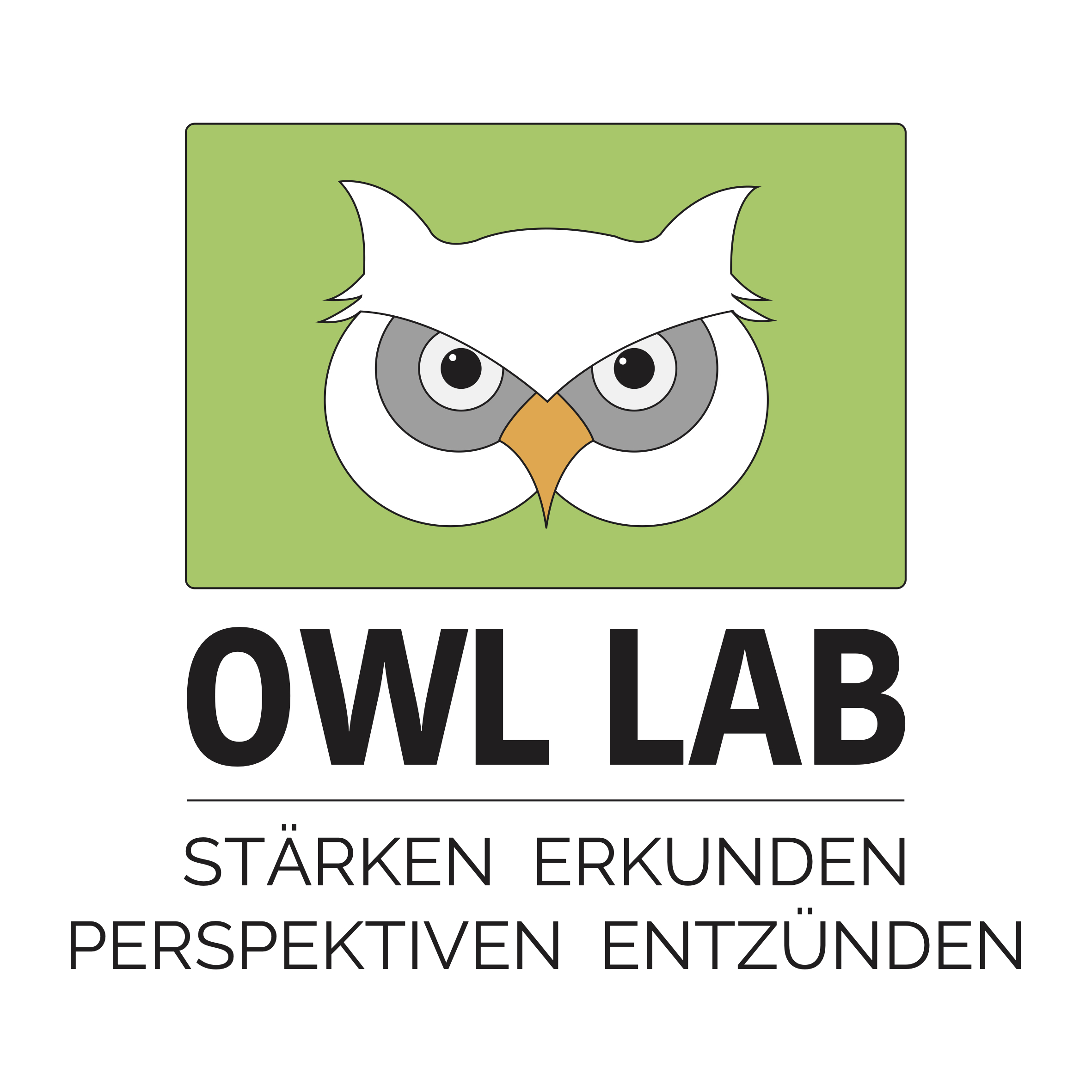High market risk due to insufficient visibility: The existing solutions are not visible enough, and this applies at several levels. The regions and federal states do not work together, they research independently and each implement their own solutions. In this fragmented market, it is difficult for companies to scale up. Similarly, solutions are not sufficiently visible to private end consumers, and the target groups (the affected individuals themselves, their caregivers and their relatives) are often difficult to reach. As a result, solutions are in little demand, which also contributes to the high market risk.
AAL technology is still not mature enough for large organizations: The solutions and products available on the market are suitable for private individuals and small to medium-sized organizations. For large municipalities and cities with several thousand employees and people in need of care, an overall solution is needed – and this does not yet exist, or scalability has not yet been proven due to a lack of larger projects.
Those in charge help themselves by screening the market and looking at how other municipalities are dealing with the challenges.
Calls for proposals require reflection: The more detailed the application for research funding is, the better the chances of receiving funding, as several interview partners explain. As a result, the calls for proposals become very rigid, and interim results cannot be sufficiently integrated. Conclusion: The specifications do not lead to the desired output. Another challenge: In the three to five years of development, the market has already changed, so the products are outdated by the time they come onto the market. Some developments were “flops” because, for example, the Apple Watch was launched with a better fall detection system.
Insufficient co-creation: This refers to the integration of end users in the development of products and solutions. It is not about making sure that they can do everything (too expensive) or that they are “cool”. They must be able to do the right thing and be usable for the users. According to the interview partners, users are often not integrated into developments at all or only at a much later stage. However, the success of products and concepts in care organizations depends to a large extent on the involvement of the target groups.
Infrastructure basis is missing: The basis of many AAL applications is a functioning internet connection. In urban areas, this requirement is less of a problem, but in rural areas it is indeed. In particular, in Germany there is a lack of this basic requirement in rural areas. Investors are currently withdrawing because the planning figures and the capacity utilization of the networks have proven to be too optimistic. In Austria, market providers have already called for a digitization offensive to strengthen broadband demand.
